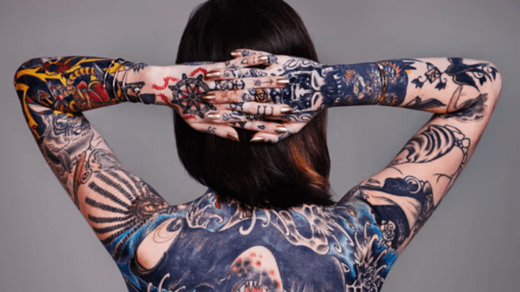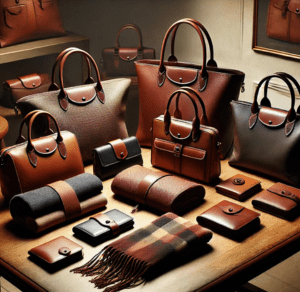
Tattooing is an ancient art form with a rich and fascinating history that spans cultures and millennia. While it’s impossible to cover the entire story of tattoos in just one article, we’ll dive into some key points of its history and significance. If you’re intrigued, documentaries and books can provide an even deeper look into this global tradition.
A Long Time Ago, In A World Full of Ink
Tattooing dates back thousands of years, with evidence of body modification practices found across various ancient civilizations. One of the earliest documented instances comes from ancient Egypt, over 5,000 years ago. Tattoos in this culture were often simplistic designs, applied with rudimentary tools, but they held significant meanings—sometimes spiritual, sometimes decorative. Both men and women wore them, marking milestones, and social status, or serving as symbols of protection.
Even though these ancient tattooists weren’t the sophisticated artists we think of today, their work laid the groundwork for the cultural and symbolic importance of tattooing.
Ink Beyond the Pyramid Walls: Japan’s Contribution
While tattooing existed in many cultures, Japan elevated the craft to an art form, contributing to some of the most intricate and revered tattoo styles we see today. Japanese tattooing, or Irezumi, dates back centuries and gained particular prominence in the early 19th century when sailors and explorers returned home with striking designs inked on their bodies.
These tattoos were often created with the stick-and-poke method, a labor-intensive process where each part of the design was meticulously applied by hand using needles made of bamboo, metal, or bone. While undeniably painful, the results were stunning—large, full-body pieces that incorporated vibrant, symbolic imagery such as koi fish, dragons, and samurai.
Tattoos Through the Decades: From Rebellion to Revival
By the mid-20th century, tattoos had a cultural shift. Once seen as sacred or decorative, they were relegated to a subculture during the Great Depression, where only outcasts, sailors, and rebels were commonly tattooed. For a while, tattoos were stigmatized as marks of deviance, associated with “whores, slackers, and criminals.”
However, in the 1950s, a new wave of tattoo artists began revitalizing the art form. They drew inspiration from indigenous cultures, including Polynesian tattoos, known for their bold, geometric designs. The 1950s also saw the first-ever Tattoo Convention, signaling the art’s return to mainstream culture. From there, tattooing steadily grew in popularity, with more and more people using body art as a form of self-expression rather than rebellion.
Modern-Day Ink: Tattoos as Art
Today, tattoos are a blend of tradition and innovation. Artists push boundaries, blending styles and cultures to create intricate, personal designs that have found their way onto the skin of millions worldwide. The tattoo industry has evolved dramatically, with state-of-the-art machines, sterile environments, and skilled professionals making the process more accessible and less painful than ever.
This post was written by J Michael Taylor. J Michael Taylor is an artist and owner of Black Amethyst Tattoo Gallery. Black Amethyst is the best among the Tattoo shops in St Petersburg FL. They provide an art-first approach to custom tattooing in a gallery setting.






